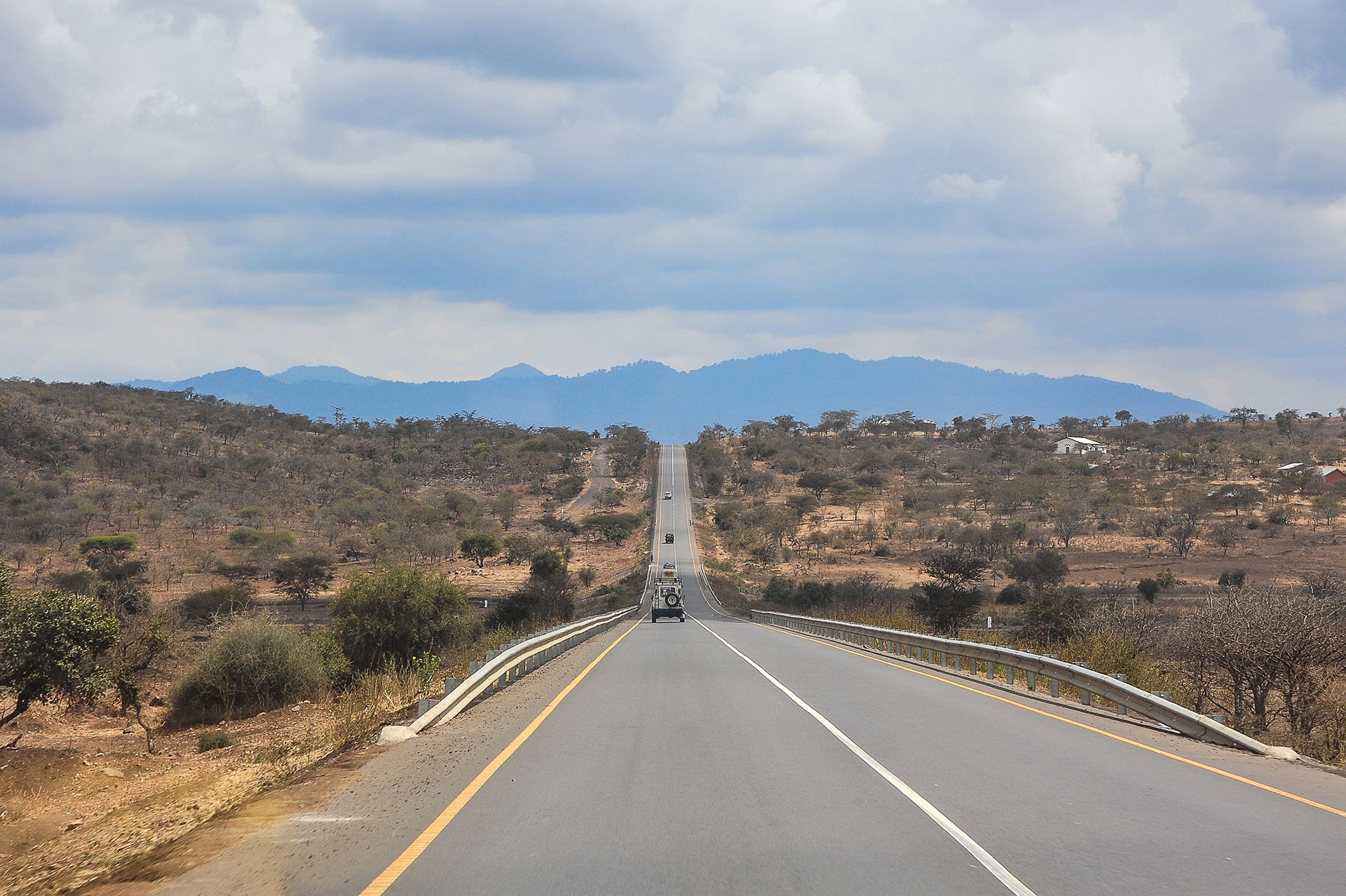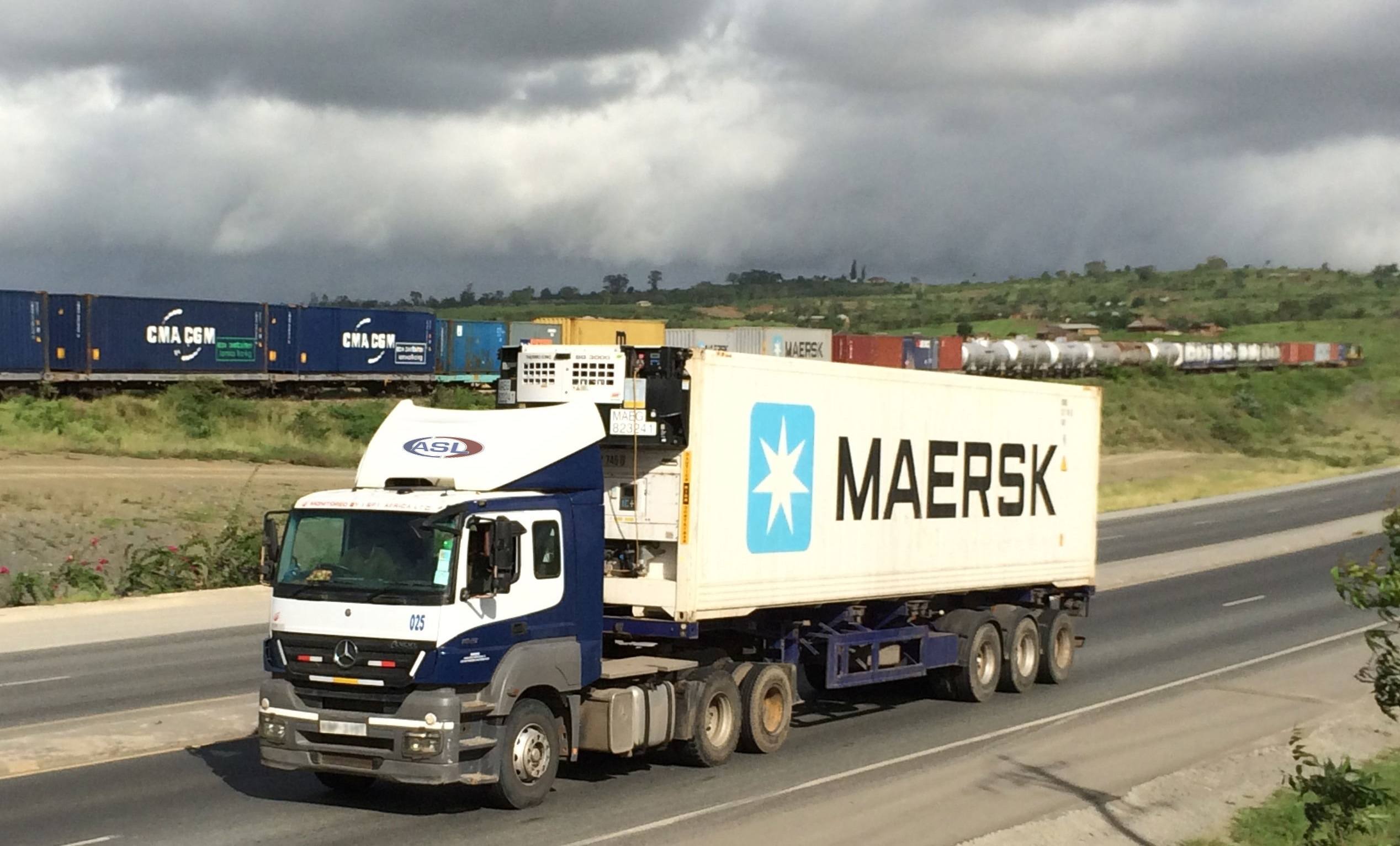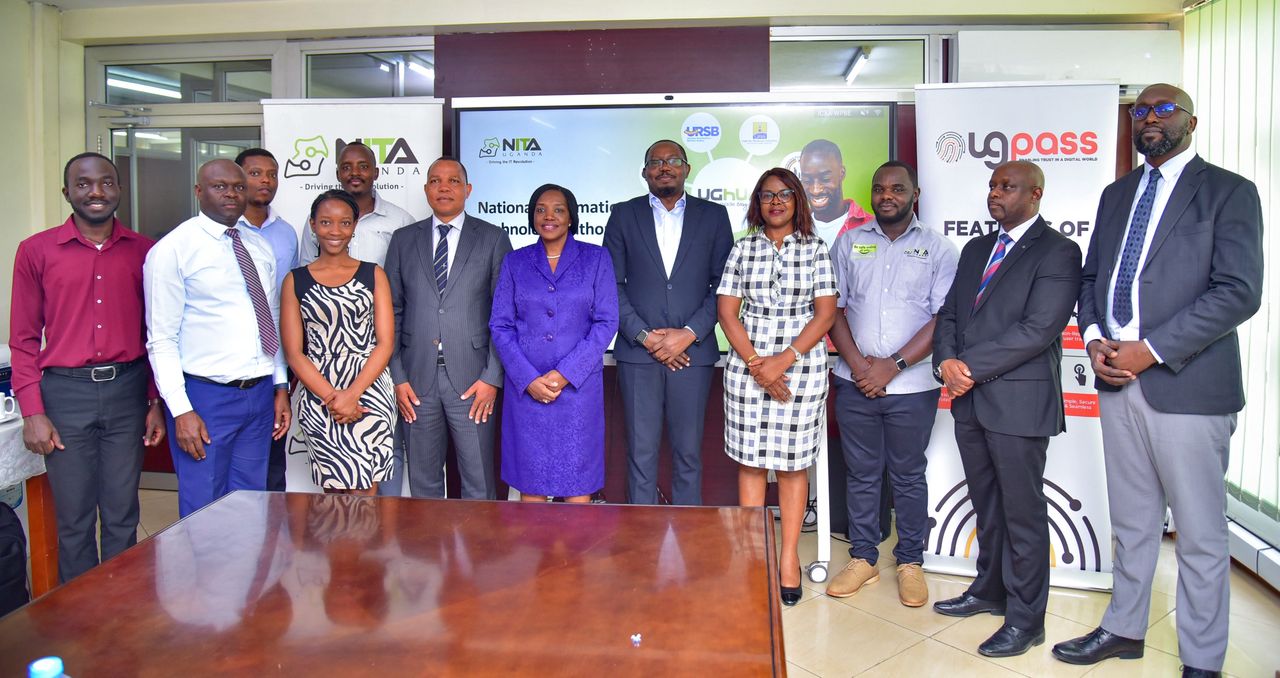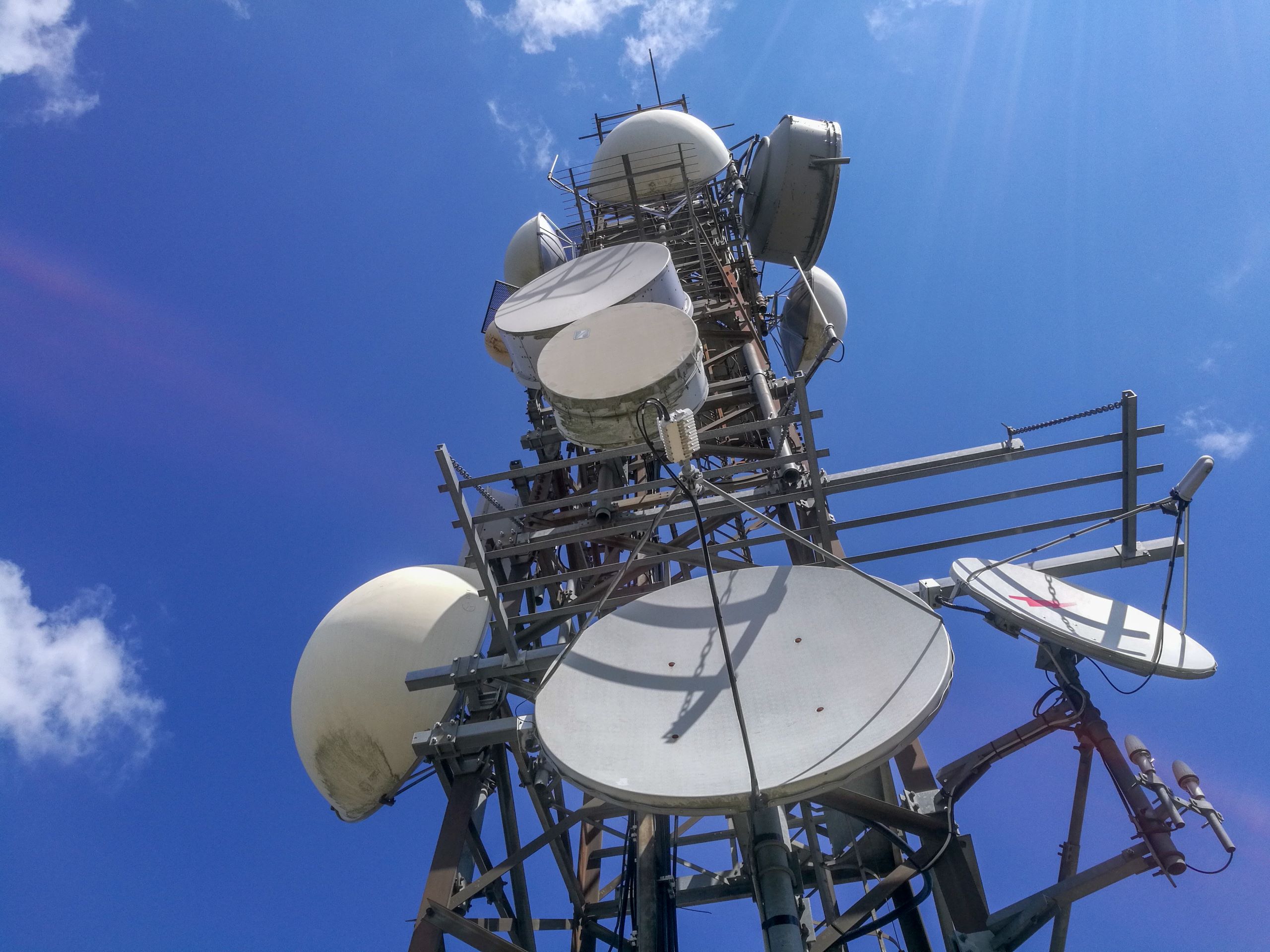Uganda is going to the polls to elect a new president in January 2026. Eight candidates (representing eight political parties) are in the race for the presidency. These include: Yoweri Museveni (National Resistance Movement- NRM), Robert Kyagulanyi/Bobi Wine (National Unity Platform- NUP), Gregory Mugisha Muntu (Alliance for National transformation – ANT), Nathan Nandala Mafabi (Forum for Democratic Change – FDC), Joseph Elton Mabirizi (Conservative Party), Mubarak Munyagwa (The Common Man’s Party – CMP), Robert Kasibante (National Peasant’s Party- NPP) and Frank Bulira (Revolutionary People’s Party – RPP) . So far, NRM, NUP, FDC, ANT have outed their manifestos and are out in the field marketing them. In this article, The Infrastructure Magazine team, sifts through the manifestos and gives a bird’s eye view of what these parties are promising in their manifestos on infrastructure development.
For this series, we analyse the following areas of infrastructure: transportation (roads, air, railway and water), water & sanitation, ICT & telephony, energy, affordable housing & urbanisation, oil& gas. This first piece starts with transport.
A quick review
The 185 page NRM Manifesto, entitled,Protecting the Gains as We Make a Qualitative Leap into High Middle Income Statusis arguably the most detailed particularizing progress, achievements, plans for the future into the minute detail. For example, it names water, roads, electricity, etc projects to be undertaken by district and in some instances by village. The NRM Manifesto benefits a lot from incumbency as it lists all known current and planned government projects – including donor funded ones- as their projects. The NUP’s 104 page manifesto, A New Uganda Now, is structured into eleven priority areas. Of these Priority Area four focusses on infrastructure.
The Forum for Democratic Change’s 78 page manifesto – Fixing the Economy: Money in Our Pocketsis built around five pillars. The second pillar titled ‘strategic investments’ deals with infrastructure development. Although it shows depth in understanding the economy, it also shows limited or no independent investment in research and building a critical case against NRM’s policy and approach, beyond existing reports from government oversight bodies. As a result, it dwells on the usual issues, using the same old opposition criticism and narratives. Although ANT launched their manifesto, the detailed document was not yet publicly available at the time of writing, hence we did not consider it. The other four political parties have not published their manifestos.
NRM on roads
Of its 185 pages, the NRM Manifesto dedicates a whole 40 pages to infrastructure development. On roads, they promise to:
- Prioritise maintenance of tarmac and murram roads around the country
- Complete construction of roads, expressways, bridges and drainage all amounting to 2,000kms.
- Complete rehabilitation and construction of roads (for detailed see NRM Manifesto which names them km by km).
- Construct new roads (named in the manifesto)
- Complete construction of the bridges (named in the manifesto)
- Buy new road construction equipment for the new cities, municipalities and large districts that require a second set.
- Acquire in-house maintenance equipment for routine maintenance of our road construction equipment.
- Build more roads in local governments hosting refugees (Adjumani, Arua, Isingiro, Kamwenge, Kiryandongo, Koboko, Kyegegwa, Lamwo, MadiOkollo, Moyo, Obongi, Terego, and Yumbe); and
- Expand street lighting by installing more lights and traffic-control signals in Kampala, regional cities and municipalities.
- Notably, the NRM manifesto names (by name) all the roads that are planned, under renovation, under design, planned in all corners of the country.
FDC on roads promises:
- Less elaborate in detail compared to the NRM, the key take away from the FDC manifesto is their promise to deal with governance issues around road construction – bringing more accountability, value for money; reducing the cost per km, arguing that the 6,338kms that NRM boasts is no value for money compared to the investment made
- Link road network to the agriculture
- Address road safety/lower accidents
- Build capacity within the Ministry of Works & Transport to undertake low-cost paving of roads (district and community roads)
- Align infrastructure development to remove uncoordinated digging of roads, electricity, water, telephones/internet cables on developed road infrastructure
NUP on roads, promises to:
- Build and maintain roads that last
- Increase local government funding for road construction and maintenance, raising the paved share of the national road network from 3.9 per cent today to at least 20 per cent by 2031.
- Provide every district with a full set of road construction and maintenance machinery (graders, rollers, tractors, dump trucks).
- Establish a National Road Safety Authority to enforce safety standards and reduce road deaths by 50 per cent within three years. The Authority will operate as an independent, statutory body with clear legal powers to enforce national road safety standards, oversee driver licensing, regulate vehicle fitness, and monitor compliance with traffic laws. It will coordinate with the Uganda Police, the Ministry of Works and Transport, and local governments to identify and address high-risk road segments, implement public education campaigns, and conduct regular audits of road infrastructure. The Authority will also collect and publish comprehensive road safety data to inform policy decisions, guide investment in safer roads, strengthen accountability, and foster a culture of safety and responsible road use nationwide.
- Launch a “Reconstruct Kampala Roads” programme to rebuild the city’s 360 km of aged, paved roads and expand tarmacking to at least 70 per cent of the network by 2030.
On the railway:
NRM promises to:
- Complete rehabilitation of the Tororo-Gulu Metre Gauge Railway line; and the refurbishment of the Mukono-Jinja Metre Gauge Railway line
- Complete construction of the Standard Gauge Railway from Kampala to Malaba.
- S t a r t construction of the Western and Southern route (663 km) from Kampala to Kasese-Mpondwe (to DRC) with a branch to Mirama Hills (to Rwanda) and a spur to Muko in Kabale.
- Plan for the construction of the Northern route (764 km) from Tororo to Gulu-Nimule (to South Sudan) with a branch from Gulu to Pakwach- Vurra (to DRC).
- Construct a light rail mass transit system to reduce traffic congestion and the cost of public transport in the Greater Kampala Metropolitan Area.
- Construct a 60 km railway spur from the Majanji Port to Tororo.
NUP promises to:
- Fast-track construction of the Standard Gauge Railway (SGR) with strict anticorruption safeguards, ensuring freight trains run from Malaba to Kampala within five years.
- Lunch a major modern railway project connecting the four major regions of Uganda to the capital city. This railway will reduce transport costs, improve the movement of goods and people, and unlock regional economic potential. By linking all major regions, they will strengthen trade, enhance access to markets, and promote inclusive national development, ensuring that no part of Uganda remains isolated from the opportunities of a connected economy.
Water transport
NRM promises to:
- Construct more ferries to connect islanders.
- Develop Majanji Port and complete construction of Bukasa Port.
- Complete construction and operationalisation of search and rescue centers located at Masese in Jinja, Kaazi in Busaabala, Kampala, Misonzi in Kalangala, Numba emu in Buvuma, Kiyindi in Buikwe and Lwanika in Namayingo.
- Complete construction o f a Maritime Rescue Coordination Center in Entebbe.
- Construct docking facilities on our lakes; and
- Further improve safety and security on Uganda’s waters.
NUP promises to:
- Modernise key ports and landing sites on Lake Victoria, Lake Albert, and Lake Kyoga, including the construction of passenger terminals and cargo handling facilities.
- Acquire state-of the-art ferries to provide safe, efficient, and reliable public water transport services.
- Support private water transport operators in acquiring modern boats and ferries, enhancing safety, efficiency, and service quality across Uganda’s waterways.
Air Transport
NUP promises to:
- Upgrade at least five regional airports (Gulu, Arua, Kasese, Soroti, and Mbarara) to handle commercial passenger flights by 2030.
- Reform Uganda Airlines and UACC into transparent, accountable, and commercially viable entities with strict performance audits.
- Establish a substantial Domestic Air Travel Fund to incentivise private operators to open safe, affordable domestic routes.
- Position Uganda as a regional air cargo hub for agricultural exports by investing in cold storage and cargo logistics at Entebbe and upgraded regional airports.
NRM promises to:
- F u r t h e r capitalize Uganda Airlines to acquire more aircrafts to open more routes for passenger and cargo transportation.
- Complete expansion and modernization of Entebbe International Airport.
- Operationalise Kabalega International Airport.
- Complete development and operationalise Kidepo International Airport; and
- Rehabilitate and upgrade existing airports and aerodromes.











